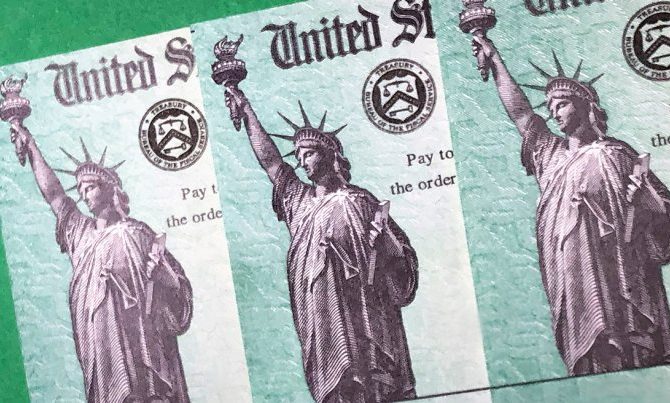
What Is the IRS Timeline to Send the Third Stimulus Checks?
The $1,400 payments, approved on March 11, include adult dependents for first time!
Americans started seeing the third round of stimulus payments in their bank accounts earliest on March 12. As of May 5, the IRS says it has sent 164 million stimulus payments ~$386 billion.
The stimulus relief checks are for a onetime payment of $1,400 to single adults. Married couples who file jointly will receive $2,800 total ($1,400 apiece). Families will get an additional $1,400 for each eligible dependent, regardless of age. A family of four could get $5,600 in total payments. And like the second round of stimulus payments, the third round specifically prohibits payments to anyone who died before January 1, 2020.
The IRS virtually delivered all of the second round of stimulus checks in less than a month, starting Dec. 29, 2020, two days after then-President Donald Trump signed the $900 billion bill into law.
Congress gave the IRS until Jan. 15, 2021, to issue the bulk of the 147 million payments so that the agency could quickly pivot to preparing for tax-filing season. After that, taxpayers were instructed to claim any missing stimulus money from the first or second rounds on their 2020 tax returns in the form of a tax credit.
The third round of payments hit at the height of the 2020 tax-filing season, and it was difficult for the IRS to ship all of the stimulus checks in less than a month and process millions of returns at the same time. To give itself some breathing room, the IRS moved the deadline for filing and paying federal income taxes to May 17. The third stimulus payments are being rolled out in tranches, or groups, by direct deposit and through the mail as a check or debit card. The vast majority of all economic impact payments (EIPs) will be issued by direct deposit, the IRS says, and it will continue to send batches of EIPs every week.
Following the model of the second round of checks, payments should be issued automatically to people who:
- Filed 2019 or 2020 federal tax returns. The IRS will use the taxpayer’s latest processed return.
- Registered for the first round of stimulus payments through the non-filer portal on IRS.gov by Nov. 21, 2020.
- Receive Social Security (both retirement and disability), Supplemental Security Income (SSI), or Railroad Retirement Board or Veterans Affairs (VA) benefits.
References:
John Waggoner, AARP, Updated May 6, 2021, https://www.aarp.org/money/taxes/info-2020/irs-timeline-to-send-stimulus-funds.html
Leave a reply